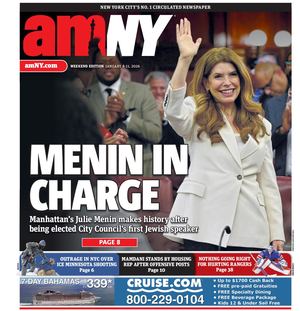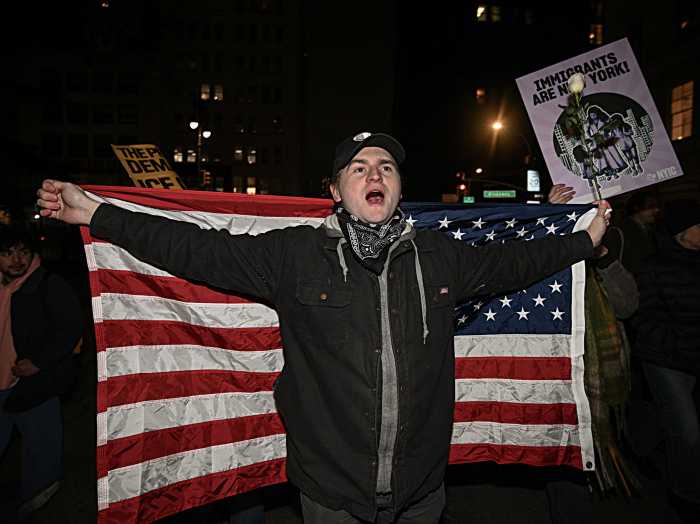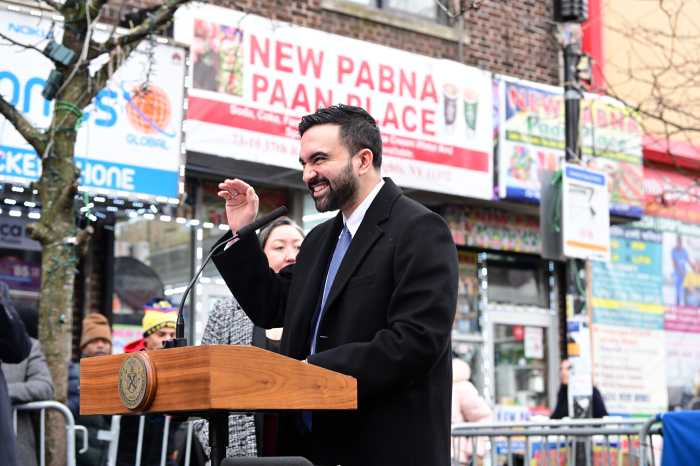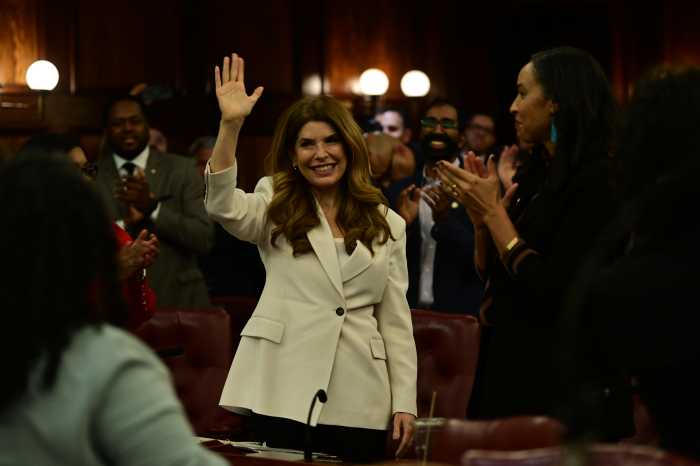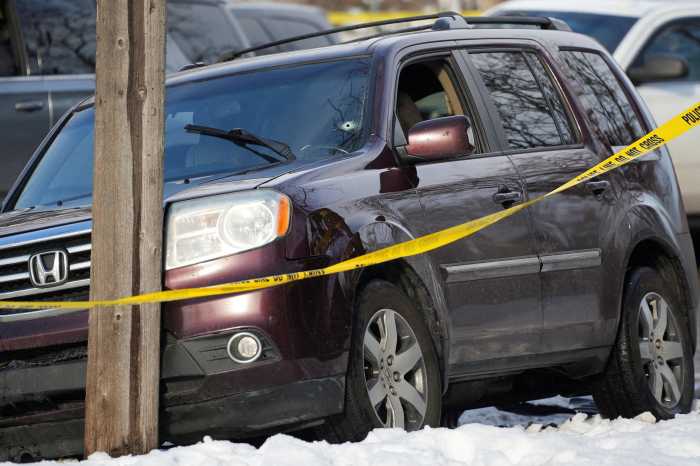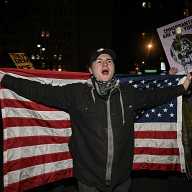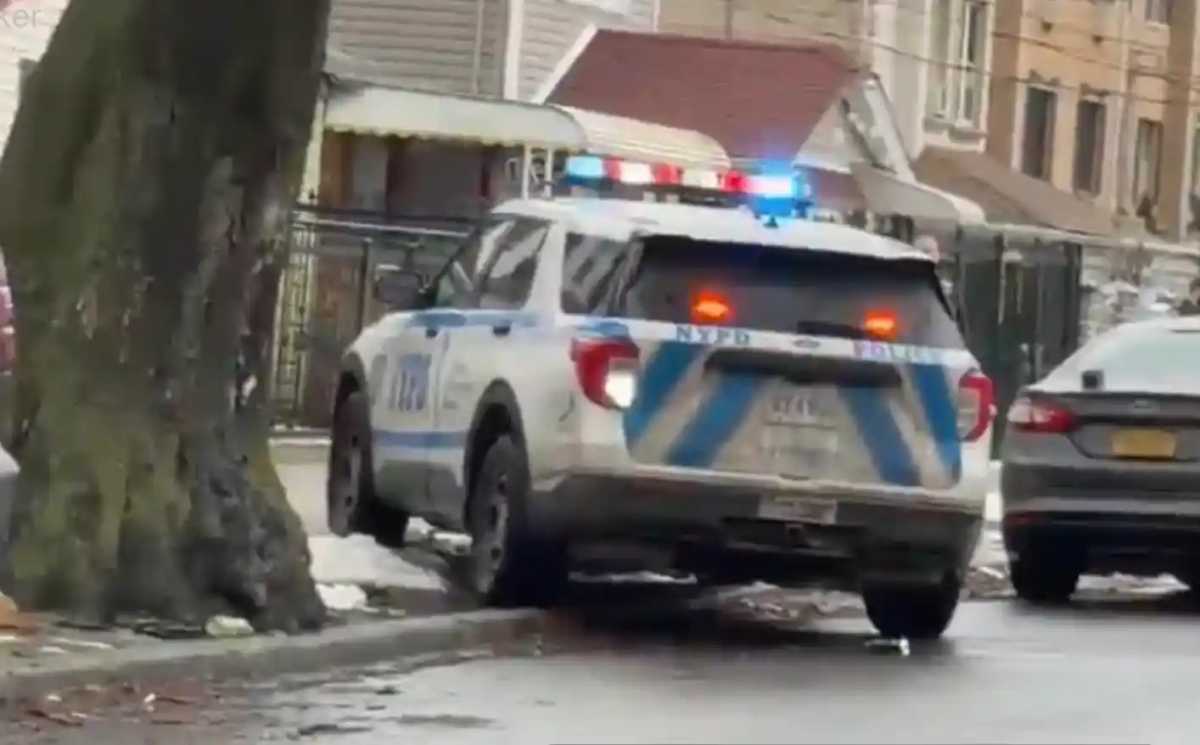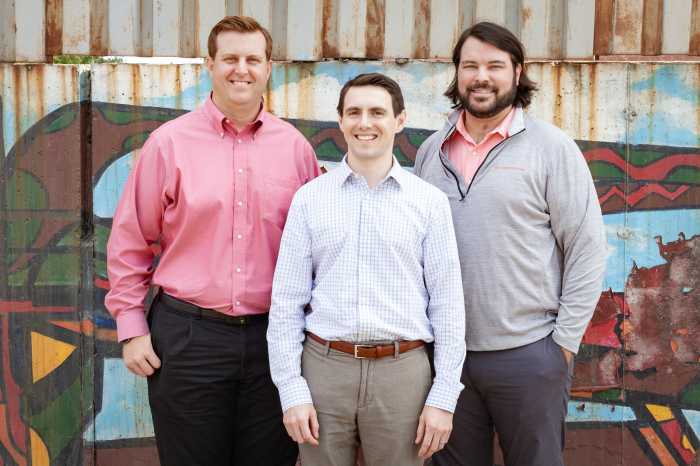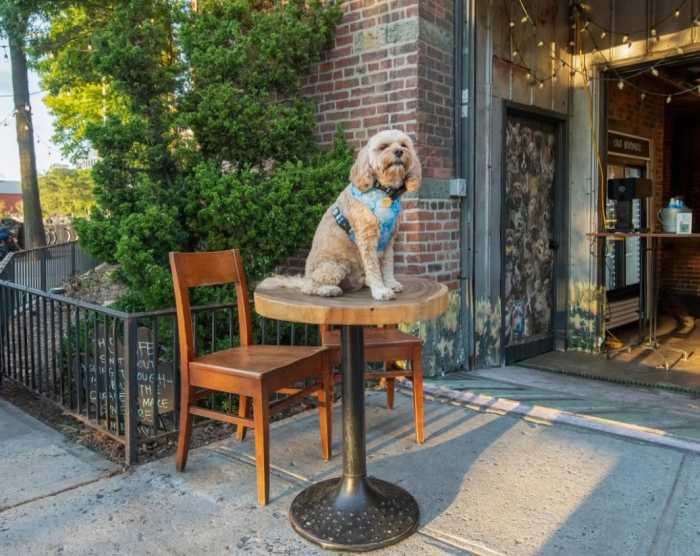Spike Lee launched a profanity-laced diatribe Tuesday criticizing gentrification of Brooklyn.
The ten-minute rant, during a Black History Month speech at Pratt Institute, was in reponse to a question from an attendee about the “other side” of gentrification.
“I grew up here in Fort Greene. I grew up here in New York. It’s changed,” said Lee, 56. “And why does it take an influx of white New Yorkers in the south Bronx, in Harlem, in Bed Stuy, in Crown Heights for the facilities to get better?”
“You can’t just come in when people have a culture that’s been laid down for generations and you come in and now [expletive] gotta change because you’re here?” he continued.
Why did it take this great influx of white people to get the schools better? Why’s there more police protection in Bed Stuy and Harlem now?,” added Lee.
Some Brooklynites agreed with the Lee’s basic sentiment. “I’ve been profoundly – to say the least – affected by gentrification,” said Dinetta Gilmore, 55, who was forced by escalating rents to move from Fort Greene to Bushwick to Bed-Stuy. But “we can’t blame white people for all our problems,” continued Gilmore, who added that government – and residents who don’t vote – are more to blame for the woes confronting low-income Brooklynites.
“I blame government 100%,” Gilmore said. “These developers come in and make all these promises of jobs and affordable housing and don’t deliver – and there are never any repercussions,” complained Gilmore.
Gilmore, a text book vendor now on disability, found rich irony in Lee — who recently put his Upper East Side townhouse on the market for $32 million — inveighing against gentrification. “I couldn’t even afford the t-shirts in his store,” before “Spike’s Joint” in Fort Greene closed in 1997, she said.
“I suffer from white guilt and I’m not even white,” said Kenny Aquiles Ulloa, 26, who is of Dominican descent and identifies as black. “I’m part of the problem,” said Ulloa, who lives in Bed-Stuy. “I’m not from Brooklyn, and as a young professional, I know I pay high rents that have pushed people out. Do I count as a gentrifier?”
Brooklyn elected officials contacted by amNewYork declined to comment. Tony Butler, executive director of St. John’s Bread & Life in Bed-Stuy, which runs many services for low-income people, said he agrees that gentrification is not only forcing out long time residents, but forcing many who remain “to choose between rent and food.”
St. John’s gives food to about 1,400 people a day and demand is up 29% over last year, said Butler. “We’re trying to challenge,” the newcomers to help those who are less affluent, and some have kicked in with donations and volunteered, said Butler. But there is a subset of Brooklyn hipsters who treat the borough as a playground, he said. “They have a lot of disposable income and mom and dad may be subsidizing them. They don’t really care about the community: It’s Disneyland for them,” said Butler.
But even Butler said that the newcomers are less to blame for Brooklyn’s gentrification than economic forces and public policy. “It’s the lack of a living wage, exorbitant CEO salaries and the fact we’ve become a second world country in terms of child poverty,” he said.
Brooklyn Borough historian Ron Schweiger, who was priced out of Victorian Flatbush as a renter and now lives in the Flatlands, said there was “some validity” to Lee’s point, but noted that the borough’s neighborhoods have always been dynamic with lots of ethnic and economic flux. Brownsville and East New York were predominately Jewish in the 1930s and 1940s, “and look how that’s changed,” he noted.
But the steep escalation of housing prices in the borough over the last few years may be one for the record books, Schweiger allowed. The rise in home prices “has got to stop somewhere. These values just have to stop somewhere,” Schweiger said.
With Lauren Holter
